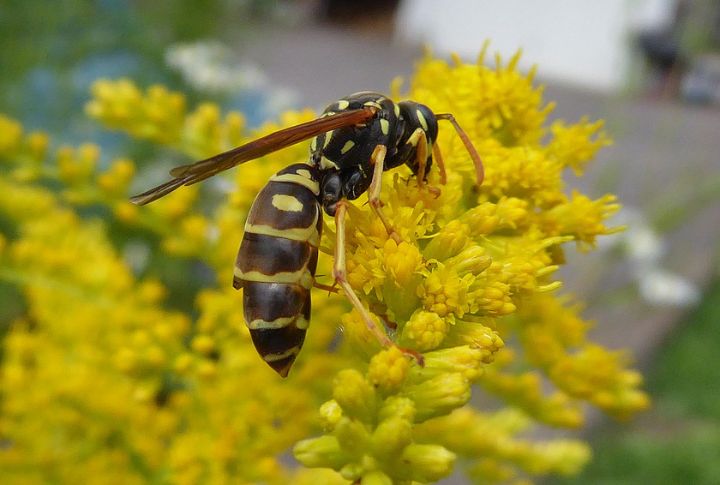
In the natural world, certain parasites influence their hosts in precise and unusual ways. These organisms alter behavior to complete their own life cycles, often at the host’s expense. Some changes are subtle, while others are clearly visible. This listicle highlights ten parasites known for their ability to manipulate hosts into performing unexpected actions.
Toxoplasma (Toxoplasma gondii)

Toxoplasma gondii is a brain-harvesting parasite that primarily targets cats but can also infect rodents and humans. In rodents, it rewires the fear center to make them drawn to cats, its final host. Humans catch it through contact with cat feces, undercooked meat, contaminated water, or organ transplants.
Lancet Liver Fluke (Dicrocoelium dendriticum)
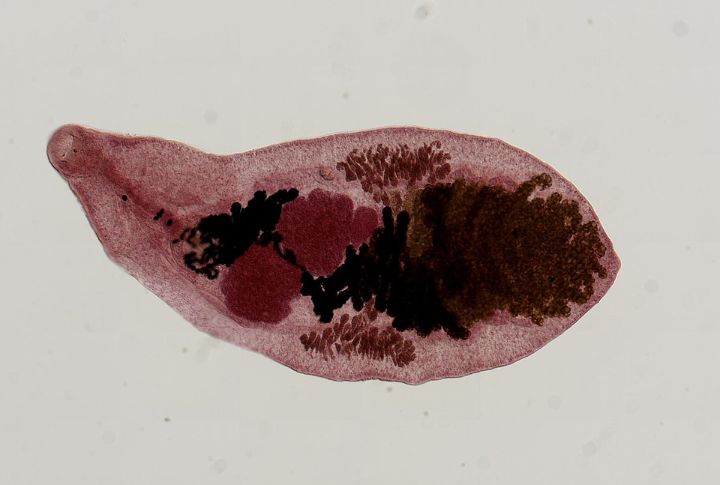
At dusk, a few unlucky ants, instead of hiding, crawl to the tops of grass blades and bite down. They’re not suicidal but puppets of the lancet liver fluke. After passing through snail slime and into ants, this parasite reprograms their brains to be ingested by grazing mammals, where it finally reaches adulthood.
Rundworm Parasite (Myxobolus cerebralis)
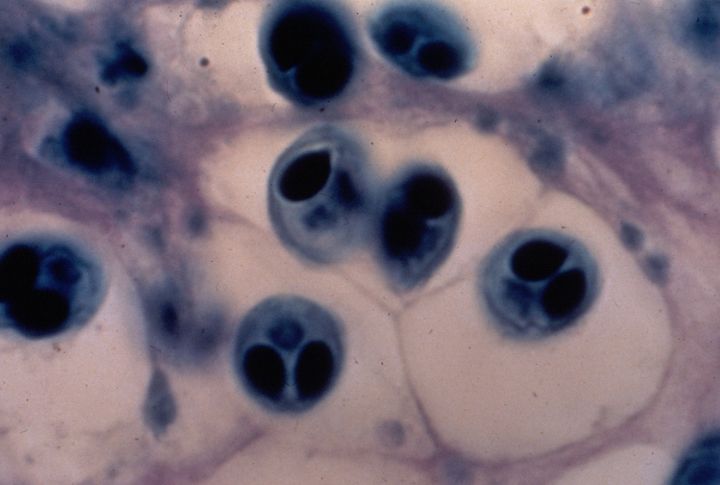
A trout spins wildly in the stream, clueless that it’s infected. Myxobolus cerebralis attacks the cartilage and brain stem, causing whirling disease. This abnormal swimming attracts predators. Its life begins in Tubifex worms and ends in fish. Spores survive for years in sediment, silently haunting cold-water ecosystems and threatening trout populations across North America.
Zombie Ant Fungus (Ophiocordyceps unilateralis)

Deep in tropical forests, a fungus named Ophiocordyceps takes over a carpenter ant’s body. It forces the insect to climb and bite a leaf before death. The fungus then sprouts a stalk through the corpse and showers spores below, infecting more ants—only those of specific species fall under its control.
Horsehair Worm (Gordius aquaticus)
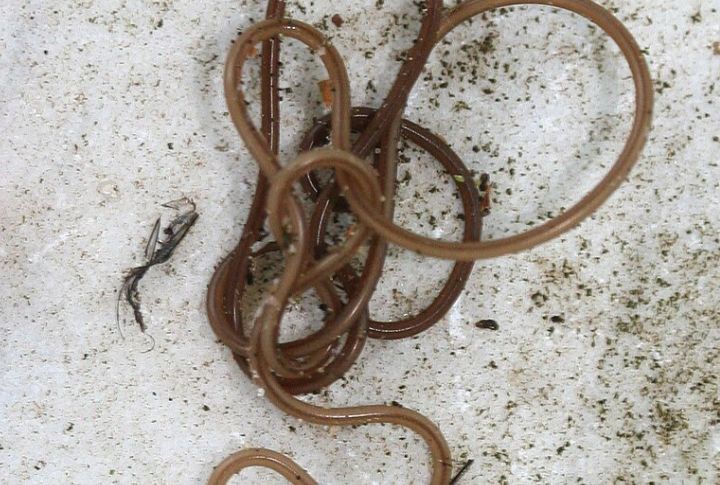
Imagine a cricket under control, lured to water not for thirst, but to jump in. Inside, a horsehair worm stirs. This parasite has hijacked the insect’s mind and altered its vision to chase reflections of water. Once submerged, the worm bursts out free. Even if a predator eats the host, the worm wriggles out safely.
Emerald Cockroach Wasp (Ampulex compressa)
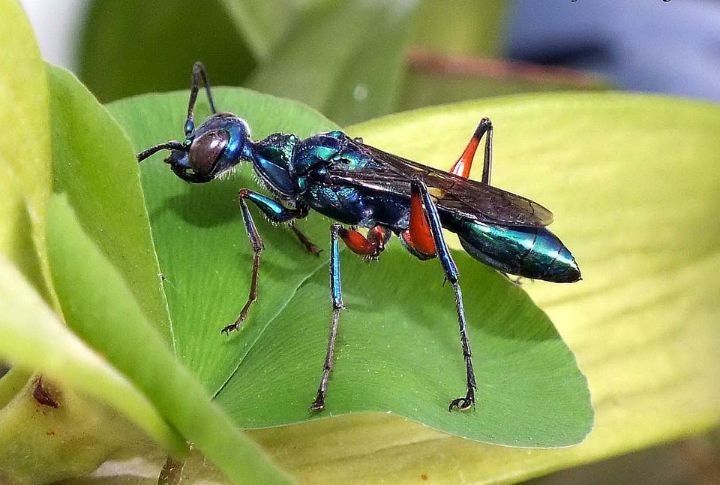
Ampulex compressa subdues cockroaches using a two-step sting. Firstly, it immobilizes movement, and next, targets the brain to block octopamine receptors to suppress escape behavior. The wasp lays a single egg on the roach’s body. Soon after, the larva hatches and begins feeding. Finally, it pupates and emerges as a fully grown adult wasp.
Paper Wasp Parasite (Xenos vesparum)

Infected wasps go rogue and leave their nests to hang out near flowers. Inside them, female parasites live out their entire lives, slowly growing and releasing larvae. Male parasites eventually emerge, fly off to find mates, then die shortly after. These invaders dodge the immune system by mimicking wasp tissue and altering hormone levels.
Chagas Disease Agent (Trypanosoma cruzi)
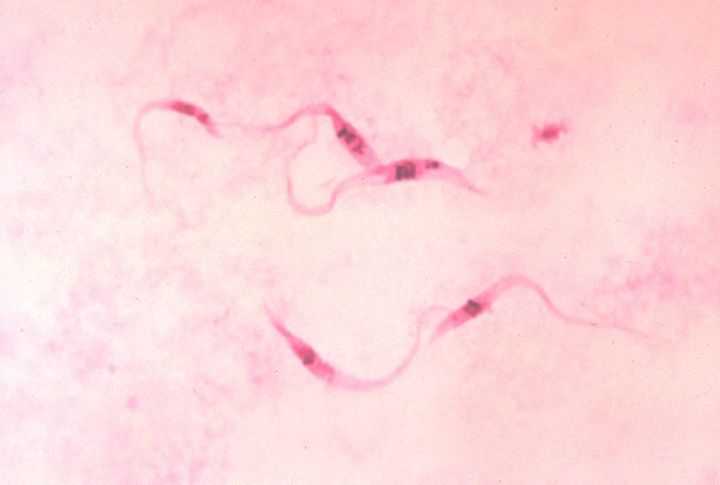
Trypanosoma cruzi causes Chagas disease in humans and other mammals through the feces of triatomine bugs near bite wounds. Once inside, it multiplies in cells and can silently damage the heart, gut, and brain. Chronic infection may lead to mood shifts and cognitive decline.
Frog-Mutating Fluke (Ribeiroia ondatrae)
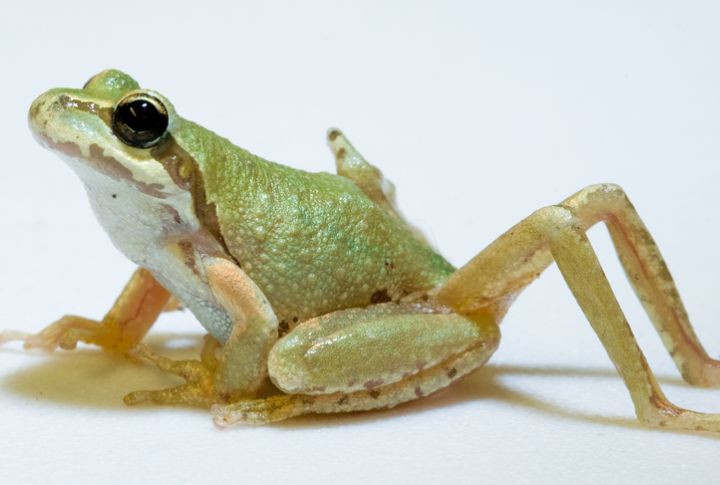
Frogs with too many legs aren’t mutants—they’re victims. Ribeiroia infects tadpoles and twists their limb development. Extra or missing legs leave them helpless, which makes them perfect targets for hungry birds. It cycles through snails and amphibians, thriving in wetlands where farm runoff speeds up snail populations and triggers outbreaks.
Zombie Snail Parasite (Leucochloridium paradoxum)
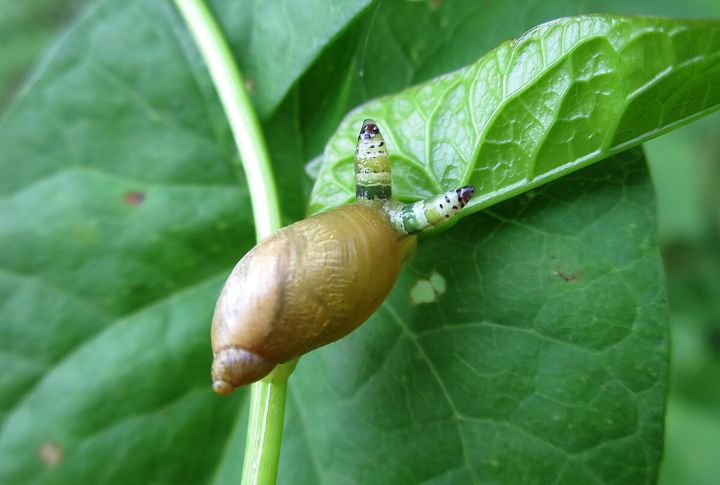
Leucochloridium invades a snail’s eye stalks and turns them into pulsing, caterpillar-like decoys. Birds see lunch and bite. Inside, the parasite matures and reproduces. It also alters the snail’s brain and makes it seek sunlight instead of shade. Even stranger, the snail often survives, and the brood sacs grow back, ready to lure another bird.

